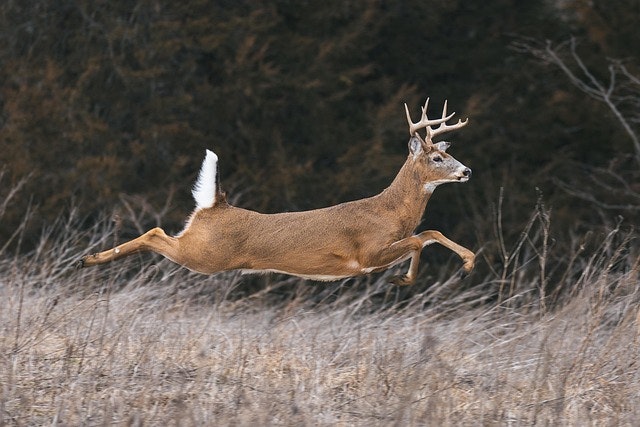
Safety First: Navigating Deer Collisions in Fall for Fleets
Understanding the Risks: Deer on the Move
For fleet managers and commercial drivers, the fall season presents unique challenges. With deer activity peaking from October to December, the risk of collisions increases significantly. Recognizing these seasonal dangers is crucial to avoiding costly vehicle repairs and maintaining business operations.
Why Awareness Matters
Every year, deer collisions result in over $1 billion in damages and average repair costs of $3,000 per incident. For companies that rely on their fleets for daily operations, these accidents can not only impair vehicles but also disrupt business continuity, leading to unexpected downtime and expenses. However, with proactive safety measures, many deer-related incidents can be avoided.
Practical Safety Tips for Commercial Drivers
- Be mindful of peak activity hours: Deer are especially active at dawn, dusk, and during overnight hours. These are crucial times for heightened vigilance.
- Use high beams appropriately: When driving in low-traffic areas, utilize high beams to improve visibility. This allows drivers to spot deer sooner, giving them more reaction time.
- Look for more than one deer: Deer often travel in groups. If you see one, chances are others are nearby, requiring sustained attention.
- Avoid swerving: In the sudden appearance of a deer, it is safer to brake firmly while staying in your lane. Swerving can lead to more severe accidents, such as vehicle rollovers or collisions with other obstacles.
- Pay attention to deer crossing signs: These signs aren't random; they mark high-traffic areas where deer are commonly seen crossing. Heightened alertness in these areas can make a difference.
- Always wear your seat belt: This remains the simplest and most effective defense against injury should a collision occur.
Steps to Take Post-Collision
If a collision occurs, it's vital to remain calm and prioritize safety. Move your vehicle off the road if possible, engage your hazard lights, contact law enforcement, and notify your insurance contact promptly. These steps help ensure everyone's safety and facilitate efficient claims processing.
Empower Your Fleet with Knowledge
Educating commercial drivers during peak season can significantly reduce risks and enhance operational efficiency. Encouraging their participation in safety training programs is a small investment for a considerable reward in safety and continuity.
Take Action Today
As we navigate through these high-risk months, I urge fleet managers to review their current commercial auto policies. Ensuring comprehensive coverage can safeguard your vehicles and your business. For those seeking risk management guidance, professionals are available to provide tailored advice for your specific needs.
By prioritizing awareness and preparation, your fleet can safely traverse the busy fall season, minimizing risks and protecting both your drivers and vehicles.
